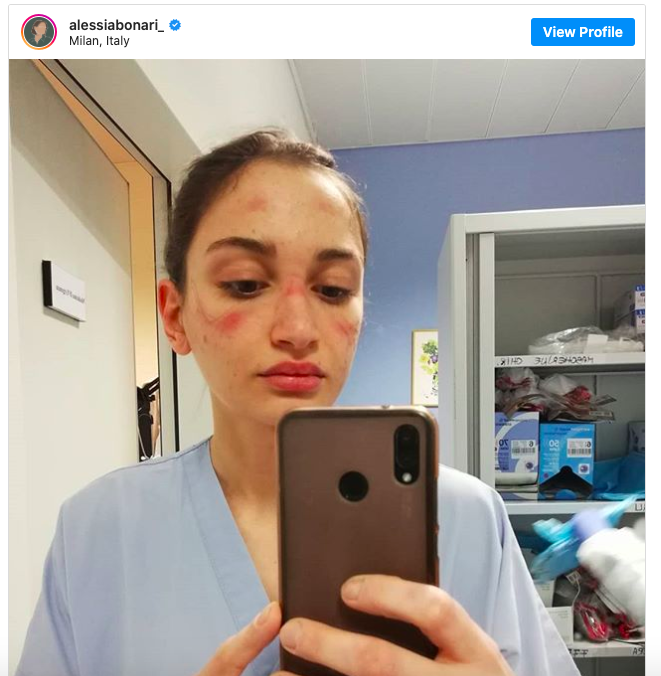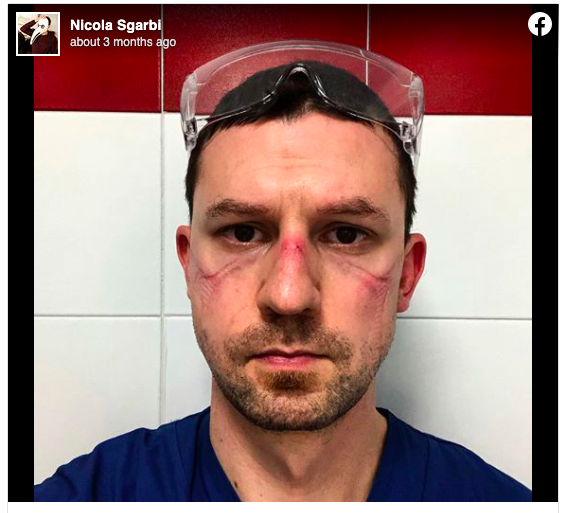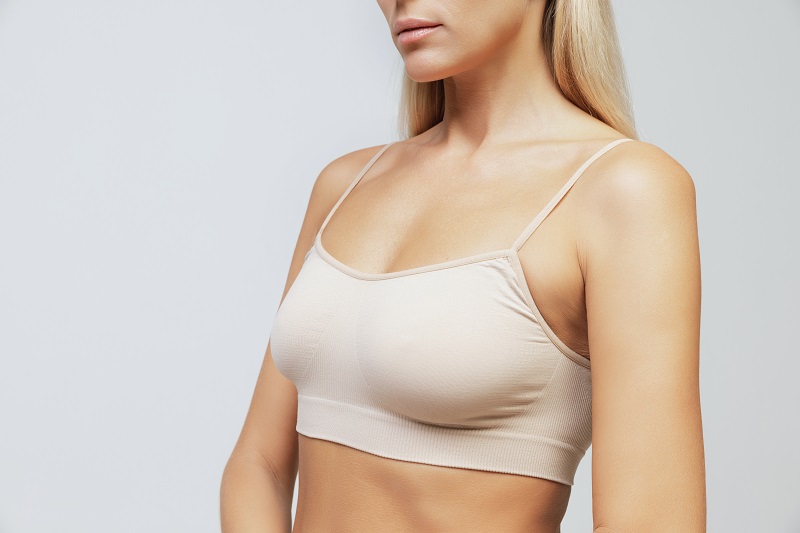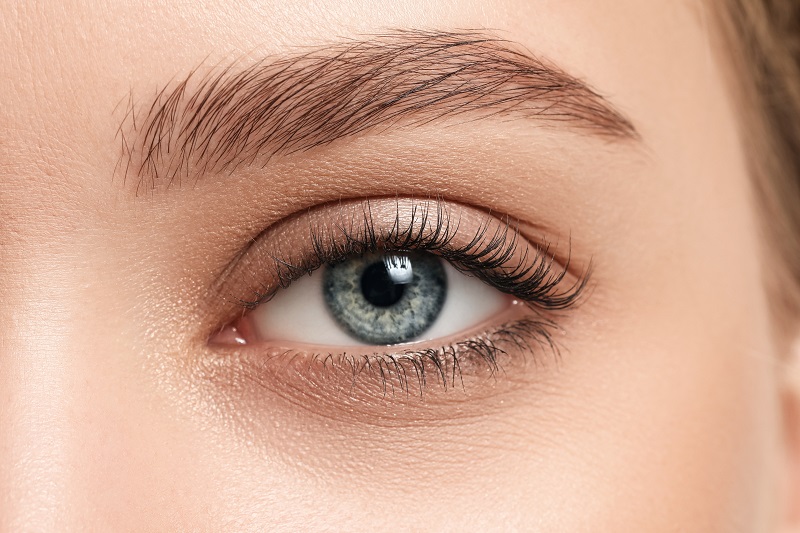Protecting your Skin from COVID-19 Related Mask Injuries
June 1, 2020
An observation…
Dr. Rapaport recently spent a month volunteering at Bellevue hospital in the COVID ward and ICU. While there, he noticed a number of patients with facial injuries. Patients hospitalized due to COVID-19 are often in need of oxygen support which typically comes in the form of a mask; they are also frequently turned prone (on their stomach). Dr. Rapaport observed that many of these patients were sustaining skin injury to the bridge of their nose and, though less frequent, to their lip from wearing masks and being prone. In extreme cases, this included skin loss.
At the same time, while watching TV, Dr. Rapaport noticed many images circulating of people, particularly healthcare workers and reporters, wearing masks very tight. These masks were being worn so tight, in fact, that the individuals had red marks, or even blistering, on the bridges of their noses from the pressure. These two observations combined brought Dr. Rapaport to consider a so far little discussed effect of this pandemic: possible injury and scarring from wearing masks.


Viral images posted by Italian healthcare workers demonstrate skin injury from N95 masks.
What does this mean for you and I?
The permanency of extreme pressure injuries, such as the skin loss that Dr. Rapaport observed in the hospital, is obvious. However, the less jarring redness or blistering can also have lasting effects. These first or second degree skin injuries seen on images of healthcare workers after a long shift could lead to persisting hyperpigmentation or even scarring.
It has now been well established that wearing a mask in public is important for the protection of yourself and, even more so, of those around you. Everyone is now at increased risk for unwanted and lasting marks on their face. It is crucial to ensure that your mask of choice is not too tight. The excess pressure on the bridge of your nose, especially if wearing a mask with metal, could result in injury.
What to look out for:
It is, of course, important that your mask fits properly. However, it can fit properly without damaging the skin. Signs to look for that would indicate the mask is too tight are redness or blistering. Redness remaining for greater than 30 minutes after removing your mask is a sign of injury. Persisting redness may be a first-degree skin injury equating to something like a sunburn. Once you begin to see blistering, you have a second-degree injury which may form a scar.
What you can do:
The best solution is simply prevention. Ensure that your masks fit properly without excess pressure in one spot. Pay attention to how you are wearing your mask. Take note of if and for how long you see redness after removing your mask. If you notice that your skin is red for more than 30 minutes after taking the mask off, adjust your mask. Though always important, it is crucial to protect this area with sunscreen (SPF 50 or greater). Sun exposure will put you at an increased risk of hyperpigmentation in the area. Hyperpigmentation can be permanent and very difficult to get rid of.



